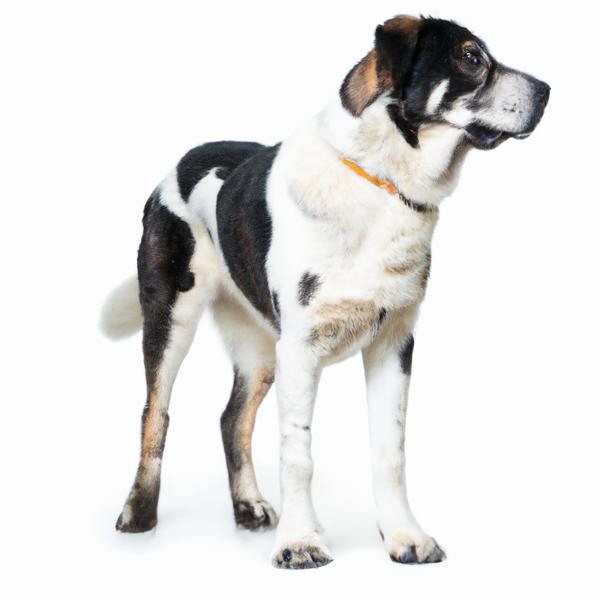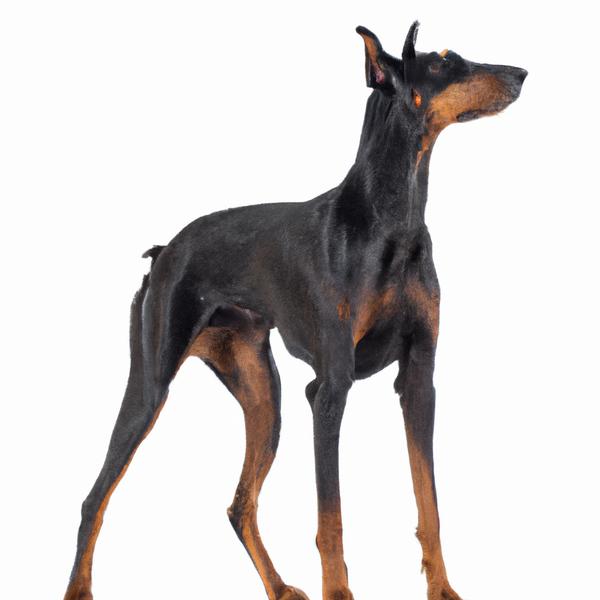Alaskan Malador vs. Doberman Greyhound: Breed Differences and Similarities
Hypoallergenic
Are Alaskan Maladors or Doberman Greyhounds hypoallergenic, or neither?
Unfortunately, neither Alaskan Malador nor Doberman Greyhound are hypoallergenic, which may not make them the best choice for dog lovers who suffer from pet allergies.
Temperament
What are the personalities of Alaskan Malador and Doberman Greyhound dogs?
Playful
Loving
Dignified
Energetic
Alert
Intelligent
Friendly
Responsive
Affectionate
Loyal
Devoted
Gentle
Going
Social
Cheerful
Energetic
Alert
Intelligent
Affectionate
Obedient
Loyal
Gentle
Outright
Tempered
Fearless
Quiet
Athletic
Shedding Level
Do Alaskan Maladors shed more than Doberman Greyhounds, or which breed sheds more, Alaskan Maladors or Doberman Greyhounds?
Alaskan Maladors are heavy shedders, but regular brushing can help manage shedding and promote a healthy coat.
Doberman Greyhounds are moderate shedders, but regular brushing can reduce shedding and maintain coat health.
Ancestry
What are the origins of Alaskan Malador and Doberman Greyhound breeds?
Labrador Retriever and Alaskan Malamute
Doberman Pinscher and Greyhound
Date of Birth
When were Alaskan Malador and Doberman Greyhound breeds first developed?
Early 1800s
2000s
Eye Color Possibilites
What are the eye colors of Alaskan Malador and Doberman Greyhound dogs?
Blue
Hazel
Brown
Amber
Brown
Nose Color Possibilites
What are the natural nose colors of Alaskan Malador and Doberman Greyhound?
Black
Brown
Black
Coat Color Possibilites
What are the natural colors of the coat for Alaskan Malador and Doberman Greyhound breeds?
Cream
Brown
Black
White
Sable
Silver
Blue
Red
Gray
Fawn
Red
Blue
Black
Brown
Brindle
Coat Length
What is the typical coat length for Alaskan Malador and Doberman Greyhound breeds?
Alaskan Maladors have medium-length coats.
Doberman Greyhounds have short coats.
Coat Density
What is the density of the coat of Alaskan Malador and Doberman Greyhound?
Coat Texture
What is the hair texture of Alaskan Malador and Doberman Greyhound?
Straight
Litter Size
What is the usual litter size for Alaskan Malador and Doberman Greyhound?
An Alaskan Malador can have a litter of 4-10 puppies on average. However, it's worth noting that the size of the litters can vary greatly. Factors that can influence litter size include the health of the mother, breeding history, and genetics.
A Doberman Greyhound can have a litter of 6-10 puppies on average. However, it's worth noting that the size of the litters can vary greatly. Factors that can influence litter size include the health of the mother, breeding history, and genetics.
Adaptability
Alaskan Maladors are known for their adaptability and can adjust well to different environments and lifestyle changes.
Doberman Greyhounds are highly adaptable and versatile, making them excellent companions for families and individuals of all lifestyles.
Health Issues
Between Alaskan Malador and Doberman Greyhound, which breed is more prone to health problems?
While the Alaskan Malador breed is generally healthy, occasional vet check-ups are still necessary to address any health concerns.
Doberman Greyhounds typically have low vet costs due to their good health, but it's important to monitor their health and seek vet care when necessary.
Major Concerns
What are the major health concerns for Alaskan Malador and Doberman Greyhound breeds?
Gastric Torsion
Epilepsy
Hip And Elbow Dysplasia
Chondrodysplasia (Chd)
Osteochondritis Dissecans
Hip Dysplasia
Wobbler's Syndrome
Minor Concerns
What minor health issues should be kept in mind when owning Alaskan Malador and Doberman Greyhound?
Otitis Externa
Progressive Retinal Atrophy
Cataracts
Glaucoma
Skin Problems
Diabetes
Cherry Eye
Bloat
Occasional Tests
What occasional tests are recommended for Alaskan Malador and Doberman Greyhound breeds?
Blood
Chd Clear Rating
Eye Examination
Ear Examination
Internal Imaging (x-ray, CT scan, MRI, etc.)
Full Physical Examination
Hip and Elbow X-rays
X-Rays
Neurological Examination
Blood Tests
Social Needs
Alaskan Malador vs Doberman Greyhound social needs comparison
Alaskan Malador has very high social needs and requires regular mental and physical stimulation, a job or purpose, and companionship.
Doberman Greyhound has average social needs and is less independent than other breeds.
Sleeping Need
Which of the two sleeps the most/least: Alaskan Malador or Doberman Greyhound?
Alaskan Maladors are active and require sufficient sleep to stay healthy.
Doberman Greyhounds are known for their relaxed and calm nature and enjoy long periods of sleep.
Mouthiness
Mouthiness Comparison: Alaskan Malador vs Doberman Greyhound?
Roaming urge
Alaskan Malador vs Labrador: Running away tendency?
Prey Drive
Alaskan Malador or Doberman Greyhound - which breed has a higher level of prey drive?
Past times
What are some enjoyable activities and ways to keep Alaskan Malador and Doberman Greyhound entertained?
Going for walks, Fetch, Swimming, Walks, Chew Toys, Walking, Running, Playdate, Hiking, Walk
Fetch, Swim, Run, Playdate, Dog Parks, Catch treats, Walk, Cuddling, Bike ride, Hiking, Camping, Chase
Activity Level
Which breed has higher energy, Alaskan Maladors or Doberman Greyhounds?
Alaskan Malador and Doberman Greyhound are high-energy dogs that require a lot of mental and physical exercise. Without proper stimulation and attention, these breeds can become problematic. If you're considering these breeds, be prepared to invest time and effort in their exercise and training.
Tolerance of being left alone
Walks per Week
How many miles should Alaskan Malador or Doberman Greyhound walk each week?
Alaskan Malador and Doberman Greyhound generally need a minimum of 12 miles of walking per week, but it can be increased as long as they are comfortable with it.
Activity per Day
Do Alaskan Maladors or Doberman Greyhounds require more exercise?
Both Alaskan Malador and Doberman Greyhound typically require a minimum of 60 minutes of exercise each day. The exercise can be spread throughout the day and may involve high-energy activities like walking, running, and playing.
Grooming
Which breed is easier to maintain in terms of grooming, Alaskan Maladors or Doberman Greyhounds?
Alaskan Malador and Doberman Greyhound are breeds of dogs that are known for their low grooming needs.
Brushing Frequency
What is the recommended brushing frequency for Alaskan Malador and Doberman Greyhound dogs?
Ideally, Alaskan Malador should be brushed at least 2 or 3 times a week (preferably daily) improve shedding.
Doberman Greyhound should be brushed at least once a week. Of course you can give them more frequent brushes if you find that they are still shedding a lot
Brushing Tools
What brushing tools are used for Alaskan Maladors and Doberman Greyhounds?
Pin Brush
Slicker Brush
Deshedder
Nail Clipper
Slicker Brush
Nail Clipper
Cups
How much food should be given to Alaskan Malador or Doberman Greyhound in cups?
For an average 65-85 pound (29 - 39 kg) Alaskan Malador feed 2.5 cups daily. But, keep in mind, the amount you feed is going to be dependent on the quality of the food you are feeding.
For an average 65-85 pound (29 - 39 kg) Doberman Greyhound feed 3 cups daily. But, keep in mind, the amount you feed is going to be dependent on the quality of the food you are feeding.
Daily Cost
Which breed has a higher daily cost, Alaskan Malador or Doberman Greyhound?
Alaskan Malador and Doberman Greyhound have a similar average daily cost of around $2.10 - $2.70.
Monthly Cost
Which breed has a higher monthly cost, Alaskan Malador or Doberman Greyhound?
When it comes to monthly expenses, both Alaskan Malador and Doberman Greyhound have a similar average cost, ranging from $55 - $73. This results in an average yearly cost of around $660 - $876.
Sensitivity Level
How do Alaskan Malador and Doberman Greyhound compare in sensitivity?
These dog breeds are particularly attuned to its environment and the emotions of those around it. Alaskan Malador and Doberman Greyhound can be easily overwhelmed by loud noises, new environments, unfamiliar people, or animals. This dog breed is best suited for individuals or families who are patient, gentle, and understanding of its sensitive nature. It may also benefit from a calm and stable home environment, with a consistent routine and plenty of positive reinforcement training.
Apartment Friendly
Which breed is more apartment-friendly: Alaskan Malador or Doberman Greyhound?
Alaskan Maladors can do well in apartments with enough exercise and time outside, but a small yard would be ideal.
Doberman Greyhounds make excellent apartment dogs, being fairly active indoors and not requiring a yard.
Child Friendly
Do Alaskan Maladors or Doberman Greyhounds have a friendlier temperament towards children?
Alaskan Maladors make excellent family pets for kids due to their gentle, protective nature and calm temperament.
Doberman Greyhounds are good with kids if socialized and trained from a young age.
Senior-friendly
Which dog is more suitable as a pet for the elderly - Alaskan Malador or Doberman Greyhound?
Cat Friendly
Do Alaskan Malador or Doberman Greyhound breeds have a better compatibility with cats?
Alaskan Maladors and Doberman Greyhounds are an average cat friendly dog. They do well with cats, even more if raised together from puppyhood.
Dog Friendly
Which breed is more sociable with other dogs: Alaskan Malador or Doberman Greyhound?
Alaskan Maladors are generally very friendly towards other dogs, with a happy and affectionate temperament.
Doberman Greyhounds are friendly and active companions, and can be good family pets, though their friendliness towards other dogs may vary.
Pet friendly
How do Alaskan Malador or Doberman Greyhound dogs interact with other pets?
Stranger Friendly
Which breed is more friendly with strangers: Alaskan Malador or Doberman Greyhound?
Alaskan Maladors are highly friendly around strangers.
Doberman Greyhounds are averagely friendly around strangers but benefit from early socialisation.
Playfulness
Which breed is more playful between Alaskan Malador and Doberman Greyhound?
Alaskan Maladors are very playful, so adopting an older one might be a better option for a more relaxed experience.
Doberman Greyhounds have an average level of playfulness, enjoying playtime like most dogs but not excessively so.
Trainability
How do the trainability levels of Alaskan Maladors and Doberman Greyhounds compare?
The Alaskan Malador is highly intelligent and eager to please, making it a great choice for both novice and experienced dog owners due to its easy trainability.
Doberman Greyhounds are popular for their ease of training and quick learning ability.
Compare Alaskan Malador with other breeds
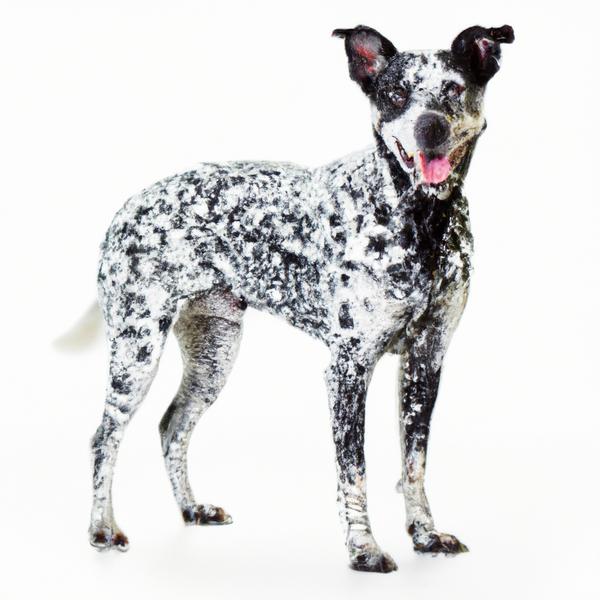
Dalmatian Heeler
Alaskan Malador vs Dalmatian Heeler
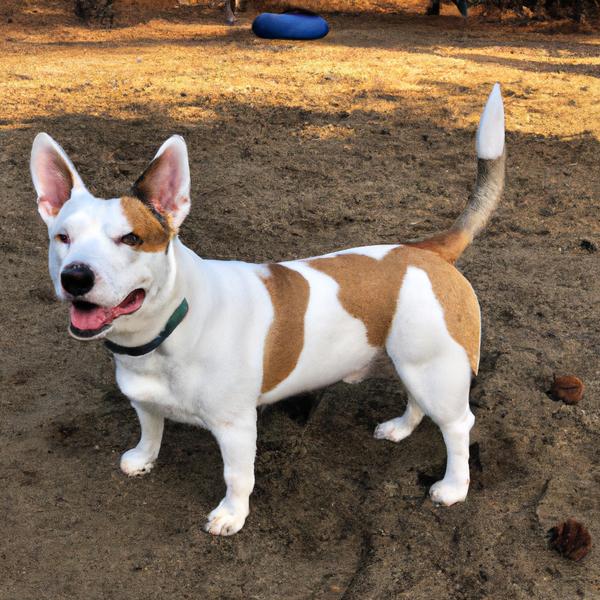
Corgi Pit
Alaskan Malador vs Corgi Pit
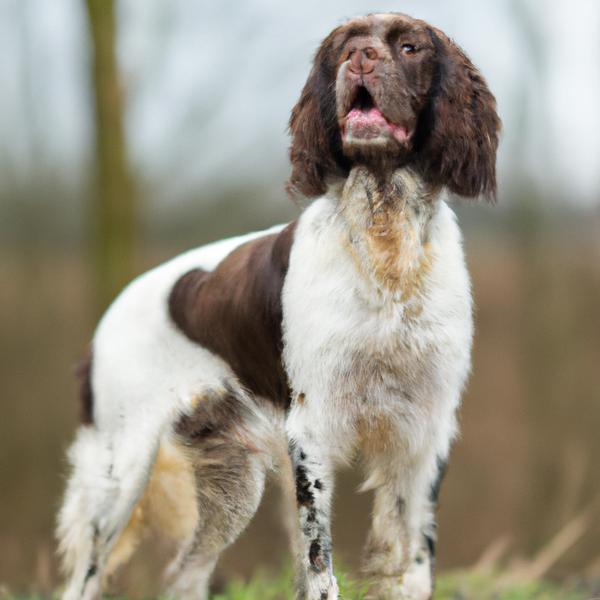
Spanierd
Alaskan Malador vs Spanierd

French Pin
Alaskan Malador vs French Pin
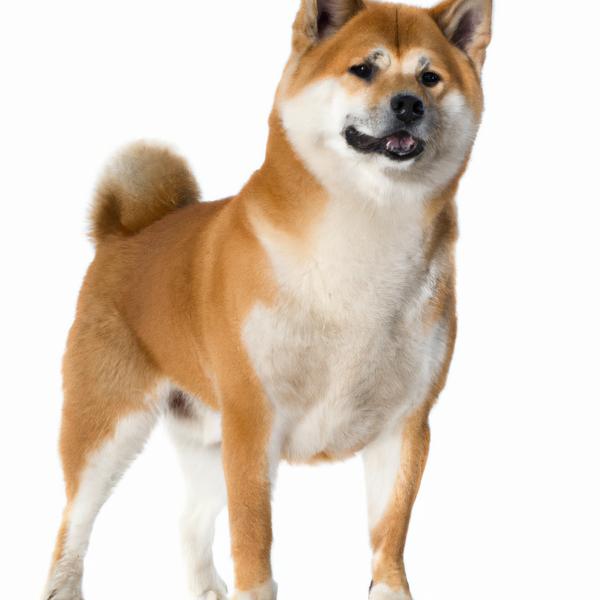
Papi-Inu
Alaskan Malador vs Papi-Inu

Pugese
Alaskan Malador vs Pugese
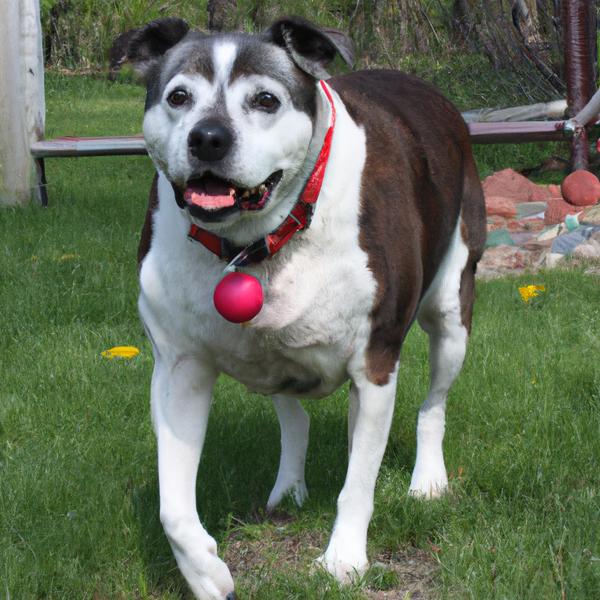
Olde Pit Bulldogge
Alaskan Malador vs Olde Pit Bulldogge
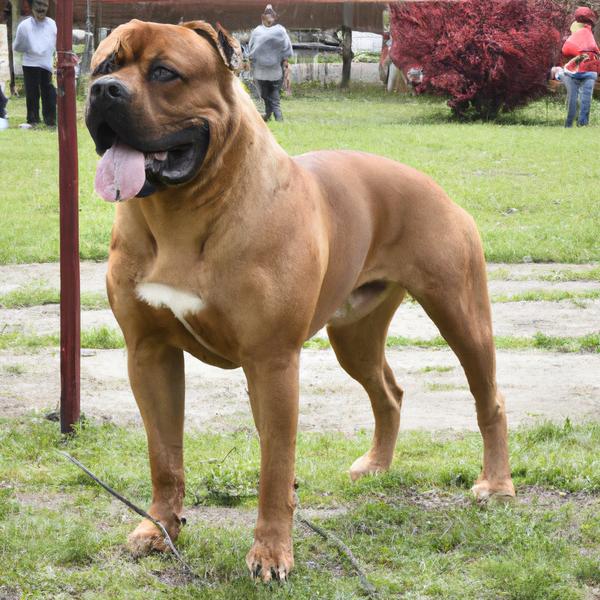
Pit Bullmastiff
Alaskan Malador vs Pit Bullmastiff

Cairn Australian Shepterrier
Alaskan Malador vs Cairn Australian Shepterrier
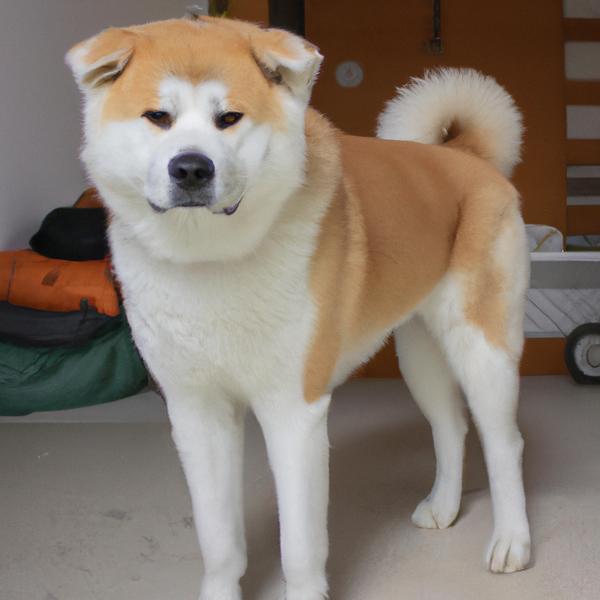
Cava Inu
Alaskan Malador vs Cava Inu
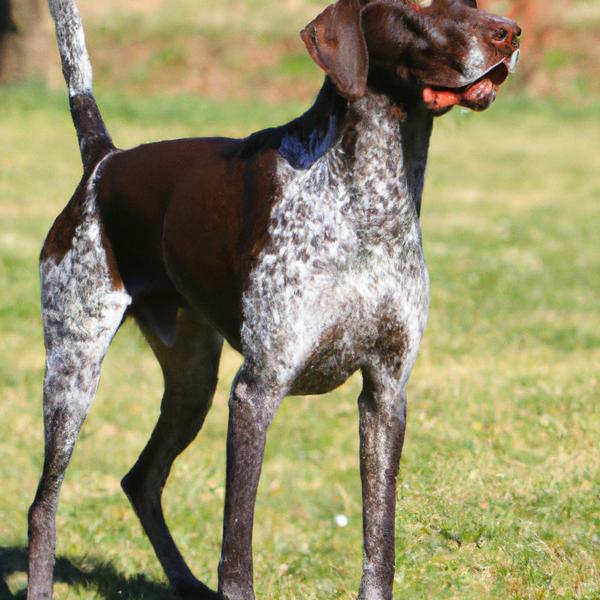
German Shorthaired Pointer
Alaskan Malador vs German Shorthaired Pointer
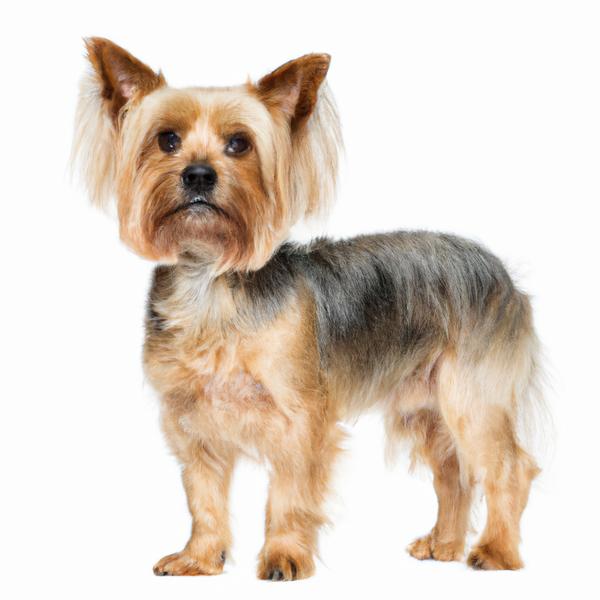
Silky Terrier
Alaskan Malador vs Silky Terrier
